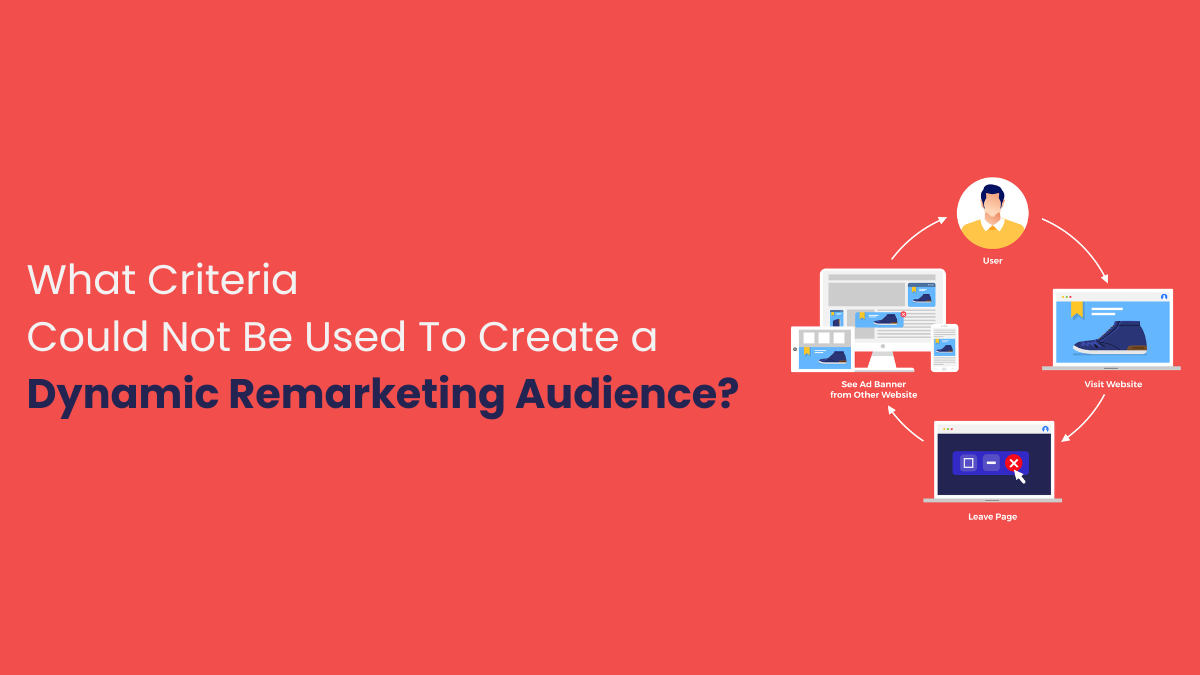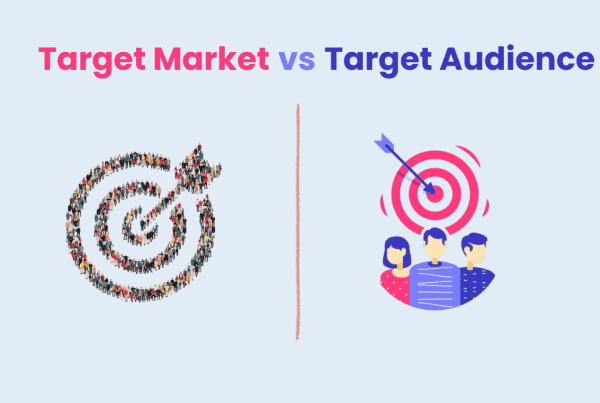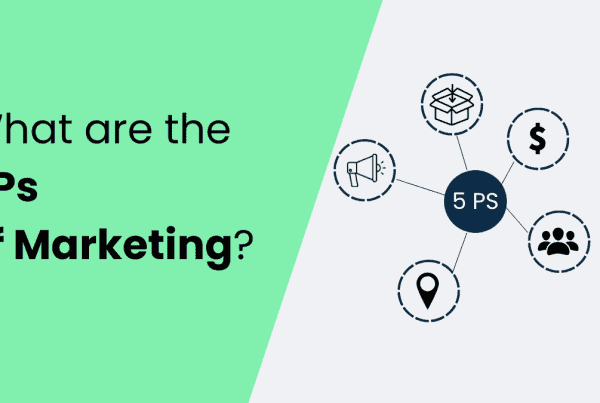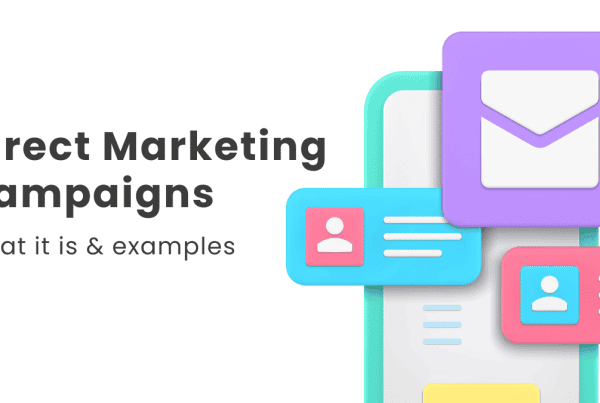
-
- Users who added a product to a shopping cart
- Users who viewed product lists
- Users who viewed the purchase-confirmation page
- Users who returned an item they purchased
The correct answer is: users who returned an item they purchased.
Customers Who Returned an Item They Purchased
These people have bought something from you before, but they did not like it and exchanged it for another product. You should not show them ads that change based on the product they exchanged because this is not a supported criterion for dynamic remarketing.
These criteria are often mistaken because they seem like logical ways to segment users for remarketing. However, they are not supported for creating dynamic remarketing audiences.
Instead, dynamic remarketing typically involves more specific user behaviors such as viewing specific product categories, adding items to a shopping cart, or completing a purchase. It’s important to understand these nuances to effectively leverage dynamic remarketing for your digital marketing campaigns.
What is a Dynamic Remarketing?
Dynamic Remarketing is a way of showing ads to people who have visited your website or app before. You can change the ads based on what they did on your website or app, such as what products they looked at, searched for, added to your cart, or bought. This way, you can show them ads that are more relevant and interesting to them, and make them more likely to buy from you again.
For example, let’s say you have a website that sells shoes. You can use Dynamic Remarketing to show different ads to different people based on their actions on your website. For instance:
- If someone visits your website but does not look at any specific product, you can show them a general ad that showcases your brand and some popular products.
- If someone searches for a specific type of shoe, such as sneakers, you can show them an ad that features sneakers and similar products.
- If someone views a specific product, such as a pair of red sneakers, you can show them an ad that displays the same product and other related products, such as socks or laces.
- If someone added a product to their cart, such as a pair of red sneakers, but did not complete the purchase, you can show them an ad that reminds them of the product and offers a discount or free shipping.
- If someone bought a product, such as a pair of red sneakers, you can show them an ad that suggests other products that they might like, such as a matching jacket or hat.
Dynamic remarketing audience is a group of people who have visited your website before and have shown interest in your products or services. You can show them ads that change based on their behavior on your website, such as what products they looked at, searched for, added to their cart, or bought. This way, you can serve ads more relevant and interesting to them, and in the end, take action to call or make a purchase.
As per 2023 stats around 70% of marketers use remarketing to increase brand awareness and sales. By using Dynamic Remarketing, you can create a personalized and engaging experience for your customers, and increase your sales and loyalty. You can use Dynamic Remarketing in both search and audience campaigns on Microsoft Advertising or Google Ads.
Target Users Based on Where They Are in the Conversion Funnel
You can make groups of people who have visited your website and are interested in buying your products or services. You can show them ads that change based on their activities on your website. You can show ads to everyone who visits your website, but it is better to show different ads to different people based on what they are interested in. This way, you can make the ads more relevant.
For example, some people have added things in their carts but did not buy them. You can show them ads that remind them of the things and give them a discount or free shipping. But, for some users who are browsers of your store and have not put anything in their carts, a different approach is taken.
In the same way, you usually make groups of people for showing ads, but add some extra info to make the groups more specific. Here are the types of groups you can make:
General users
These are people who have visited your website, showing interest in your brand or offerings. You can show them a general ad that showcases your brand and some popular products.
Product searchers
These are people who have visited your website and searched for products on your site, showing more interest in your offerings. You can show them an ad that features the products they searched for and similar products.
Product viewers
These are people who have visited your website and viewed your products, showing a clear interest in your offerings. You can show them an ad that displays the same products and other related products.
Conversion abandoners
These are people who have added items to their cart but did not complete the purchase, showing a strong interest in your offerings. You can show them an ad that reminds them of the products and offers a (time-based) discount or free shipping.
Past buyers
These are people who have bought something from you in the past. You can show them an ad that suggests other products that they might like, such as a cross-sell or upsell.
Conclusion
Understanding the nuances of dynamic remarketing can help you leverage this strategy more effectively. By knowing what criteria cannot be used to create a dynamic remarketing audience, you can avoid common pitfalls and create more effective marketing campaigns.
References:
- https://digitizengrow.com/what-criteria-could-not-be-used-to-create-a-dynamic-remarketing-audience/
- https://www.certificationanswers.com/en/which-of-the-following-criteria-could-not-be-used-for-a-dynamic-remarketing-audience/
- https://licreativetechnologies.com/blog/what-remarketing-audiences-cannot-be-defined-by-default/
- https://support.google.com/analytics/answer/3457161?hl=en
- https://about.ads.microsoft.com/en-in/solutions/audience-targeting/dynamic-remarketing
- https://thrivemyway.com/retargeting-stats/



